Contenu
Explorez le programme d'influence Amazon et le programme d'affiliation pour voir lequel correspond à votre style de contenu, à votre public et à vos objectifs de monétisation.
En tant qu'affilié, vous savez probablement déjà qu'Amazon est une plateforme de choix pour gagner des commissions en partageant vos trouvailles préférées. Mais il y a une question qui fait trébucher beaucoup de créateurs de contenu et de spécialistes du marketing :
Quel programme Amazon dois-je utiliser ? Et lequel me convient le mieux ?
Amazon propose deux moyens principaux de gagner de l'argent : le Programme d'influence Amazon et le Programme d'affiliation Amazon (également connu sous le nom d'Amazon Associates).
Ils se ressemblent et, honnêtement, il est facile de les confondre. Mais ils sont conçus pour différents types de spécialistes du marketing. L'un est idéal si vous êtes un adepte des médias sociaux. L'autre est plus adapté aux blogs, aux sites web et aux newsletters.
Alors, comment savoir lequel correspond à votre contenu et à votre public ?
C'est exactement ce que cet article a pour but de vous aider à faire. Nous allons décomposer les différences entre le programme d'influence Amazon et le programme d'affiliation, dissiper la confusion et vous présenter les caractéristiques distinctives de chacun d'entre eux. Vous pourrez ainsi choisir la plateforme la plus adaptée à votre façon de recommander des produits en ligne.
Qu'est-ce que le programme d'affiliation Amazon (Amazon Associates) ?
Le programme d'affiliation Amazon, officiellement dénommée Associés d'Amazonest l'un des moyens les plus faciles de gagner de l'argent en recommander des produits en ligne. Si vous disposez d'un blog, d'un site web, d'une chaîne YouTube ou même d'une liste d'adresses électroniques de taille raisonnable, vous pouvez vous inscrire.

Voici comment cela fonctionne : Vous vous inscrivez, vous obtenez un lien spécial vers n'importe quel produit sur Amazon et vous l'ajoutez à votre contenu. Si quelqu'un clique sur votre lien et achète quelque chose - même s'il ne s'agit pas de l'article exact auquel vous avez fait référence - vous touchez une commission.
C'est simple, non ?
Ce programme est particulièrement intéressant pour les blogueurs, les propriétaires de sites de niche, les évaluateurs de produits et tous ceux qui créent régulièrement du contenu susceptible d'inclure des recommandations de produits.
Principales caractéristiques d'Amazon Associates
- Lien vers n'importe quel produit dans l'immense catalogue d'Amazon - livres, appareils électroniques, articles ménagers, etc.
- Les taux de commission varient selon les catégories de produitsLe montant de l'aide varie entre 1% et 10%, en fonction de ce que votre public achète.
- Fenêtre de cookie de 24 heures - Vous percevrez une commission sur tout achat qualifié effectué dans les 24 heures suivant le clic sur votre lien.
- Outils intégrés comme les bannières, les widgets de produits et les rapports de suivi vous aident à contrôler les performances.
Il s'agit d'un moyen souple et peu contraignant de monétiser votre contenu existant. Et avec la bonne configuration, il peut devenir une source régulière de revenus passifs.
Comment s'inscrire au programme d'affiliation d'Amazon (Amazon Associates)
Démarrer avec Amazon Associates est assez simple. Voici comment cela fonctionne :
- Aller à les Programme d'affiliation Amazon et cliquez sur "S'inscrire".
- Ajoutez votre plateforme de contenu - Il peut s'agir de votre blog, de votre site web, de votre chaîne YouTube ou de votre application.
- Choisir les types de produits que vous envisagez de promouvoir et de partager un peu sur votre public.
- Créez votre compte et commencez à générer des liens d'affiliation immédiatement.
Amazon vous donne 180 jours pour faire au moins 3 ventes qualifiées. Une fois cette étape franchie, votre compte peut être entièrement approuvé. Consultez notre article complet sur la façon de devenir un affilié Amazon ci-dessous :
Qu'est-ce que le programme Amazon Influencer ?
Si vous êtes actif sur les médias sociaux et que vous disposez d'un public solide, la Programme d'influence Amazon est peut-être plus à votre portée. C'est la réponse d'Amazon aux créateurs qui font la promotion de produits directement sur des plateformes comme Instagram, TikTok, YouTube ou Facebook.
Au lieu de se contenter d'obtenir des liens vers des produits individuels, comme c'est le cas avec Amazon Associates, ce programme vous permet de créer vos propres liens vers des produits. votre propre vitrine AmazonLe site web de l'entreprise, une page personnalisée où vous pouvez présenter des collections de produits qui correspondent à votre créneau ou à votre marque personnelle.

Vous pouvez ensuite partager le lien de votre vitrine ou promouvoir des choix de produits individuels sur vos canaux sociaux. Lorsque quelqu'un achète par l'intermédiaire de votre lien ? Vous touchez une commission.
Principales caractéristiques du programme Amazon Influencer
- Vitrine Amazon personnalisée - Votre boutique personnelle où les internautes peuvent consulter toutes vos recommandations en un seul endroit.
- URL de la vitrine partageable - Facile à promouvoir dans votre bio sociale, dans les descriptions de vos vidéos ou dans les liens "swipe-up".
- Conditions d'éligibilité - Vous aurez besoin d'un public engagé sur des plateformes comme Instagram, YouTube, TikTok ou Facebook. Amazon tient compte du nombre de followers et de l'engagement, pas seulement des gros chiffres, mais aussi de l'activité de votre communauté.
- Les mêmes taux de commission que les Associés d'AmazonVous gagnez donc un pourcentage sur les achats qualifiés, tout comme les affiliés traditionnels.
Ce programme est idéal pour les créateurs qui se concentrent sur des contenus tels que les critiques de produits, les "unboxings", les "lifestyle reels" ou les tutoriels qui débouchent naturellement sur des recommandations de produits.
Comment s'inscrire au programme Amazon Influencer ?
Si vous êtes actif sur les médias sociaux et que vous avez un certain nombre de fans, vous pouvez vous inscrire au programme Amazon Influencer en quelques étapes seulement :
- Visiter les Influenceurs Amazon et cliquez sur "S'inscrire".
- Connectez votre compte social - généralement Instagram, YouTube, TikTok ou Facebook.
- Amazon examinera votre profilLe nombre de followers et l'engagement sont des critères importants.
- Si votre demande est approuvée, vous pourrez créer votre vitrine personnalisée et commencez à partager vos recommandations.
Il n'y a pas de nombre minimum d'adeptes indiqué, mais en général, les créateurs qui ont au moins 1 000 adeptes engagés ont de bonnes chances, surtout s'ils publient un contenu axé sur le produit.
Une fois que vous êtes inscrit, vous pouvez commencer à créer votre vitrine et à ajouter des liens vers les produits immédiatement.
Conseil de pro : Les liens vers les produits Amazon sont souvent longs et désordonnés. Parfois, ils semblent si aléatoires qu'ils peuvent faire hésiter les internautes à cliquer. Mais avec le Prise PrettyLinksVous pouvez transformer ces liens en URL courtes, propres et de marque, qui semblent réellement dignes de confiance :

Vous pouvez aussi :
- Suivre le nombre de clics chaque lien reçoit
- Voir d'où vient votre trafic
- Et même organiser vos liens par catégorie pour ne pas avoir à les rechercher plus tard
C'est un moyen simple de donner à vos liens d'affiliation un aspect plus professionnel. et travaillent plus dur pour vous dans les coulisses.
Principales différences entre le programme d'influence Amazon et le programme d'affiliation
Voici un tableau mettant en évidence les principales différences entre le programme d'influence Amazon et le programme d'affiliation :
| Fonctionnalité | Affilié Amazon (Associés) | Influenceur Amazon |
| Exigences en matière d'accès | Ouvert à presque tous ceux qui ont un blog, un site ou une chaîne. Processus d'approbation simple | Disponible uniquement pour les créateurs disposant d'un nombre suffisant de followers et d'engagements sociaux (par exemple, 1-5k+ sur Instagram/YouTube/TikTok). |
| Où vous partagez | Utilisez des liens spécifiques aux produits intégrés dans votre contenu (blog, vidéo, e-mail). | Attirer du trafic vers votre vitrine personnalisée ou des collections partagées via un lien unique |
| Apparition des liens | Les liens directs renvoient aux pages des produits sur Amazon | Les liens pointent vers votre vitrine aménagéeCréation d'un centre commercial à l'enseigne de la marque |
| Génération de liens | Peut être lié à n'importe quel produit, avec une flexibilité totale | Vous pouvez partager un lien vers votre vitrine Amazon ou un lien direct vers les produits individuels que vous y avez ajoutés. |
| Taux de commission | Varie selon la catégorie (environ 1-10%) | Même structure de commission que les associés |
| Fenêtre de cookie | Fenêtre standard de 24 heures pour les cookies | S'applique également aux clics sur la vitrine et aux achats de produits individuels. |
| Image de marque et expérience | Contrôle minimal de l'image de marque ; les liens se fondent dans le contenu | Personnalisation complète de la vitrine, des listes de produits et de la présentation de la marque |
| Analyse et suivi | Tableau de bord standard de l'affilié avec les clics et les gains | Le tableau de bord de l'influenceur fournit des analyses de la vitrine, des vidéos visionnées, etc. |
| Outils de promotion | Liens SiteStripeBannières, widgets, API | Vitrine, Amazon LiveListes d'idées, téléchargements de vidéos |
| Portée mondiale | Les liens de géo-redirection favorisent le trafic international | La vitrine est principalement axée sur les États-Unis (la disponibilité peut varier). |
| Exigences relatives au compte | Doit générer quelques ventes qualifiantes au cours des 180 premiers jours. | Il faut maintenir une vitrine active ; un faible engagement peut conduire à la suppression de l'activité. |
| Facilité d'installation | Inscription rapide via votre site web ou votre canal | L'installation implique la création d'une vitrine, mais aucun site web n'est nécessaire. |
| Meilleur pour | Blogueurs, sites de niche, évaluateurs de produits, rédacteurs | Créateurs de médias sociaux axés sur le contenu visuel/récitatif |
Lequel utiliser ?
Le choix entre le programme d'influence Amazon et le programme d'affiliation se résume en fait à comment et où vous créez du contenu.
- Si vous principalement sur Instagram, TikTok ou YouTube, le Programme d'influence est conçu pour cela. Vous disposez d'une vitrine de marque pour envoyer vos followers vers tous vos choix en un seul endroit.
- Si vous rédiger des articles de blog, gérer un site web ou envoyer des bulletins d'information, le Programme d'affiliation (associés) vous donne plus de flexibilité pour lien vers les produits individuels n'importe où dans votre contenu.
- Vous voulez mieux contrôler l'image de marque et la curation de produits? Le programme Influencer vous donne plus d'outils pour présenter vos collections.
- Vous débutez ou vous vous concentrez sur le référencement et le contenu de longue durée ? Le programme d'affiliation est souvent le plus facile à maintenir et à développer.
Mais voilà : vous n'êtes pas obligé d'en choisir un seul. De nombreux créateurs utilisent en fait à la fois - en promouvant la vitrine de leur influenceur sur les médias sociaux et en insérant des liens d'affiliation dans les articles de blog ou les descriptions de vidéos YouTube.
Et ce, quel que soit le programme (ou la combinaison) que vous utilisez, PrettyLinks peut vous aider à garder vos liens Amazon organisés, propres et traçables, afin que votre jeu de monétisation reste fort sur toutes les plateformes.
Erreurs courantes à éviter (avec l'un ou l'autre programme)
Si vous débutez dans les programmes d'affiliation ou d'influence d'Amazon, voici quelques erreurs faciles à éviter :
- Oublier d'ajouter des informations
Faites toujours savoir à votre public que vous utilisez des liens d'affiliation. Il ne s'agit pas seulement d'une bonne pratique, mais aussi d'une obligation. Exigence de la FTC. Un simple "En tant qu'associé d'Amazon, je gagne de l'argent sur les achats qualifiés" suffit. - Utilisation de liens bruts, sans marque
Les URL Amazon longues et désordonnées peuvent donner l'impression d'être des spams. Des outils comme PrettyLinks vous aide à les transformer en liens propres et de marque, auxquels les gens font confiance et sur lesquels ils ont envie de cliquer.
- Des liens sans stratégie
Ne vous contentez pas d'ajouter des liens et d'espérer que tout ira bien. Assurez-vous que vos recommandations sont adaptées à votre contenu et qu'elles aident réellement votre public, que vous écriviez une critique, réalisiez une vidéo ou établissiez une liste.
En évitant ces dérapages précoces, vous pourrez gagner la confiance de vos clients, rester en conformité avec les règles et gagner plus au fil du temps.
Réflexions finales
En fin de compte, les deux programmes d'Amazon ne sont que des moyens différents de faire la même chose : partager des produits auxquels vous croyez et être récompensé lorsque d'autres les achètent.
Que vous préfériez rédiger des contenus longs ou communiquer avec votre public par le biais de vidéos rapides et de messages sociaux, il existe une voie qui correspond à votre style.
La bonne nouvelle ? Il n'est pas nécessaire de trop réfléchir, ni même de n'en choisir qu'une seule. Commencez par ce qui vous semble le plus naturel, continuez à vous montrer à votre public et laissez votre stratégie de liens évoluer avec vous.
Et si vous êtes prêt à améliorer l'aspect et les performances de vos liens et à les organiser au fur et à mesure de votre croissance, PrettyLinks est le compagnon idéal, quel que soit le chemin d'Amazon que vous choisirez.
Vous avez d'autres questions ? Faites-nous en part dans la section des commentaires ci-dessous.
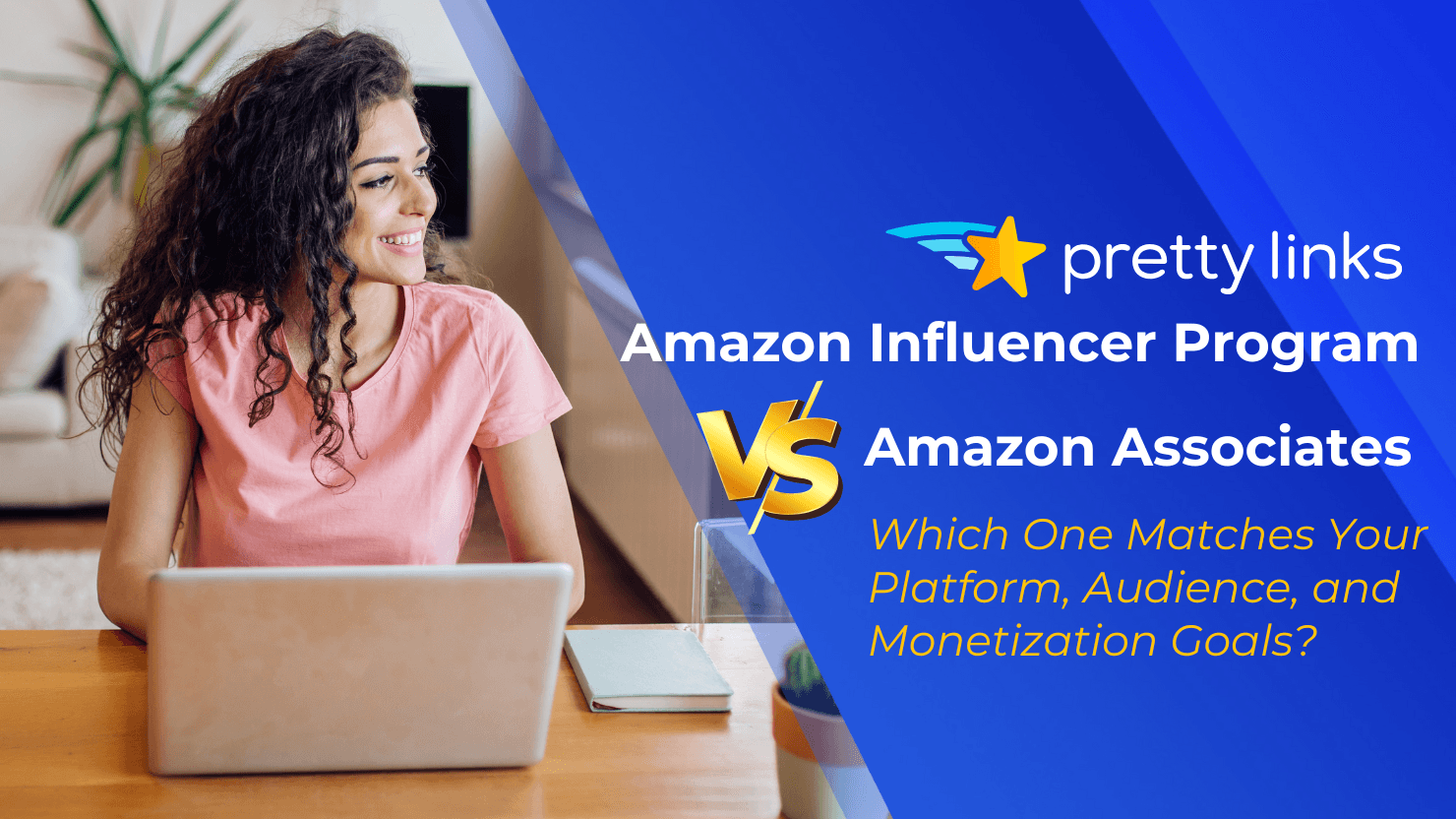

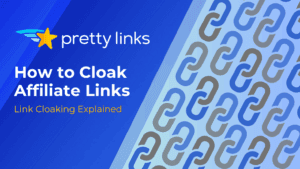
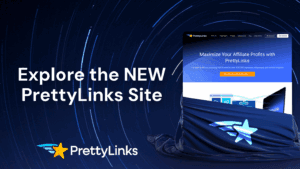
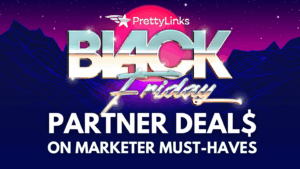

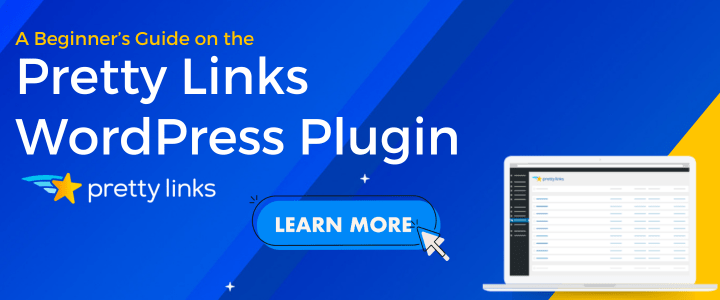
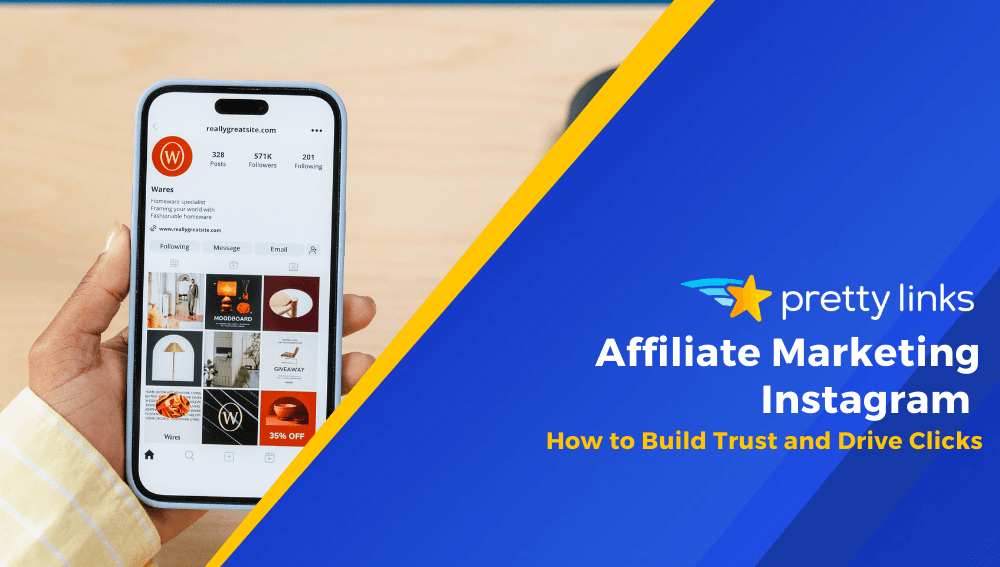


Laisser un commentaire